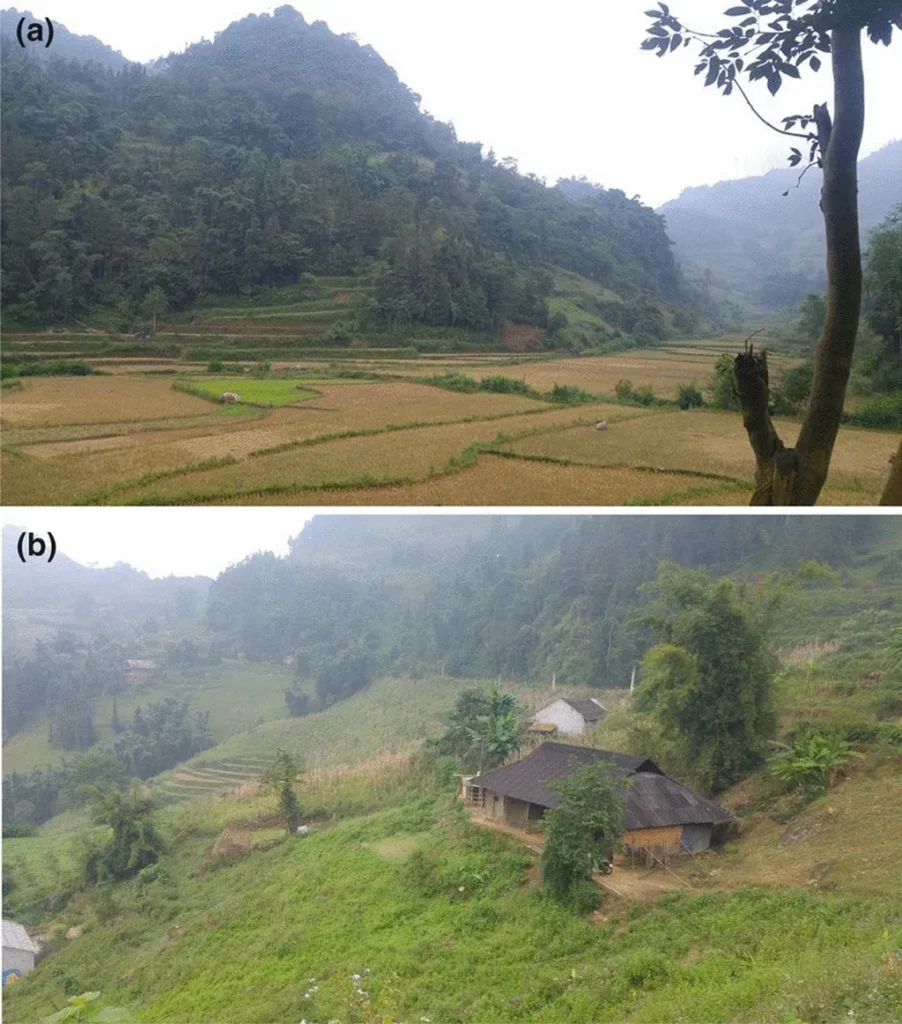In the rugged borderlands of northern Vietnam and Laos, a quiet revolution is unfolding, one that’s reshaping rural livelihoods and challenging conventional wisdom about agricultural commercialization. A recent study led by Joel Persson from the Centre for Development and Environment at the University of Bern, Switzerland, published in the journal *Trees, Forests and People* (which translates to *Forests and People* in English), sheds light on the complex interplay between agrarian transitions and rural incomes, offering valuable insights for the energy sector and beyond.
The study, which employed a mix of remote sensing, interviews, and household surveys, paints a nuanced picture of how agricultural commercialization is transforming rural economies. “We found that the income effects of agrarian transitions are far from uniform,” Persson explains. “In some areas, commercialization has led to significant income gains, while in others, subsistence-oriented incomes remain crucial.”
The research highlights the enduring importance of subsistence farming, even in areas undergoing late-stage transitions. In Vietnamese sites, for instance, households are seeing varied income trajectories from commercial crops like hybrid maize, fruits, and livestock. Meanwhile, in Lao sites, low-input shifting cultivation supplemented by forest products is generating comparable income levels.
The study’s comparative approach offers a unique lens through which to view the energy sector’s role in rural development. As the world grapples with the need for sustainable energy solutions, understanding the local income dynamics driven by agrarian transitions can help shape policies that promote both environmental conservation and economic growth.
One of the study’s key contributions is its analytical framework, which elucidates the cross-scale and multidimensional processes driving agrarian change. This framework could serve as a valuable tool for energy sector stakeholders seeking to understand and navigate the complex landscape of rural livelihoods.
The research also underscores the need for site-specific strategies to improve rural household incomes. “By pinpointing the mechanisms shaping livelihood change, we can identify leverage points for intervention,” Persson notes. This could mean supporting smallholder farmers in accessing markets, promoting sustainable land-use practices, or investing in infrastructure that enhances productivity and reduces environmental degradation.
As the world moves towards a more sustainable future, the insights from this study could prove invaluable. By understanding the local income dynamics driven by agrarian transitions, the energy sector can play a pivotal role in promoting rural development that is both environmentally sustainable and economically viable. The study’s findings serve as a reminder that the path to sustainability is not linear, and that the solutions that work in one context may not be applicable in another. As such, the need for context-specific, nuanced understanding cannot be overstated.

